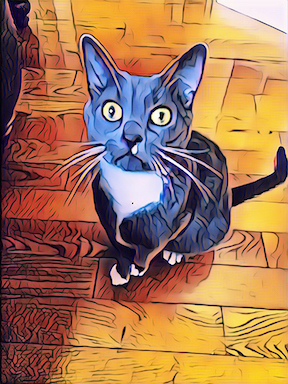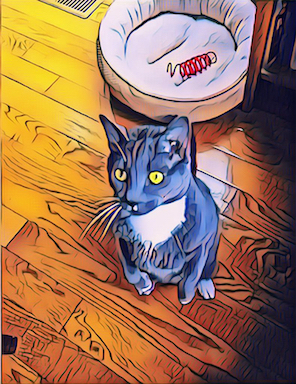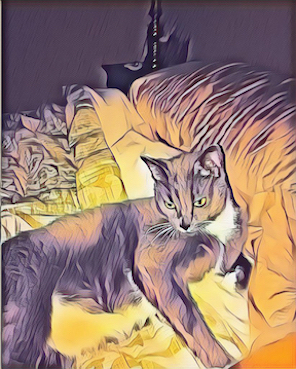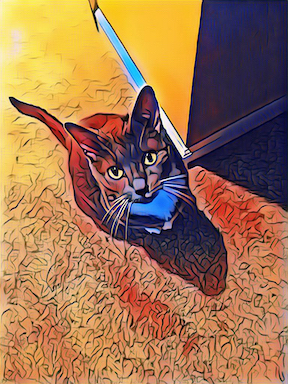

Our brains contain a treasure trove of information and experiences. We can share this treasure with others through speaking or writing. Writing is a series of steps, think of a staircase, that enables the writer to share thoughts, feelings, ideas, and stories with a reader. Writers can create fiction (not true) or non-fiction (based on fact). Since my books are fiction I’ll share the steps I use to create my stories.

I think a lot about the topic I select.

Put my ideas on paper, this is called prewriting. I can put words down in a list, form an outline of ideas or create a kind of circle of ideas.

I put my ideas into sentences that show what people are doing and how they are feeling in my story. It’s important to “show not tell” what the characters are thinking, feeling, or doing. This makes the story more real for the reader so they can draw conclusions about the characters actions. By putting the reader into the story I help the person to feel like they are right there where the action takes place.
For example, I want to say, “Jake cries and cries because he can’t find his cat.” This is better than saying, “Jake was very sad.” In the first sentence we have a clear picture of what Jake is doing, he couldn’t stop crying. This is better than saying he’s sad which does not create a picture in our minds of Jake’s actions and feelings.

I make changes to my words or sentences so I’m not repeating myself. I check to be sure I use the best words to tell my story. I move sentences around in the story to help make things clear. I am a writing doctor to my story so I heal it. Also, I never want to fall in love with words or sentences. If something doesn’t need to be in the story I take it out even if I think it’s a great word or sentence.

I very carefully read over my story many times. So, I find all errors such as capitals, meaning, punctuation, and spelling. I correct all errors and make the story look its best.

I write the story over so all the changes and corrections are in place. I do this on my computer but you can do it by writing on paper or in a notebook. I want the story to look its very best. Now it’s ready to go out to the world and be shared.